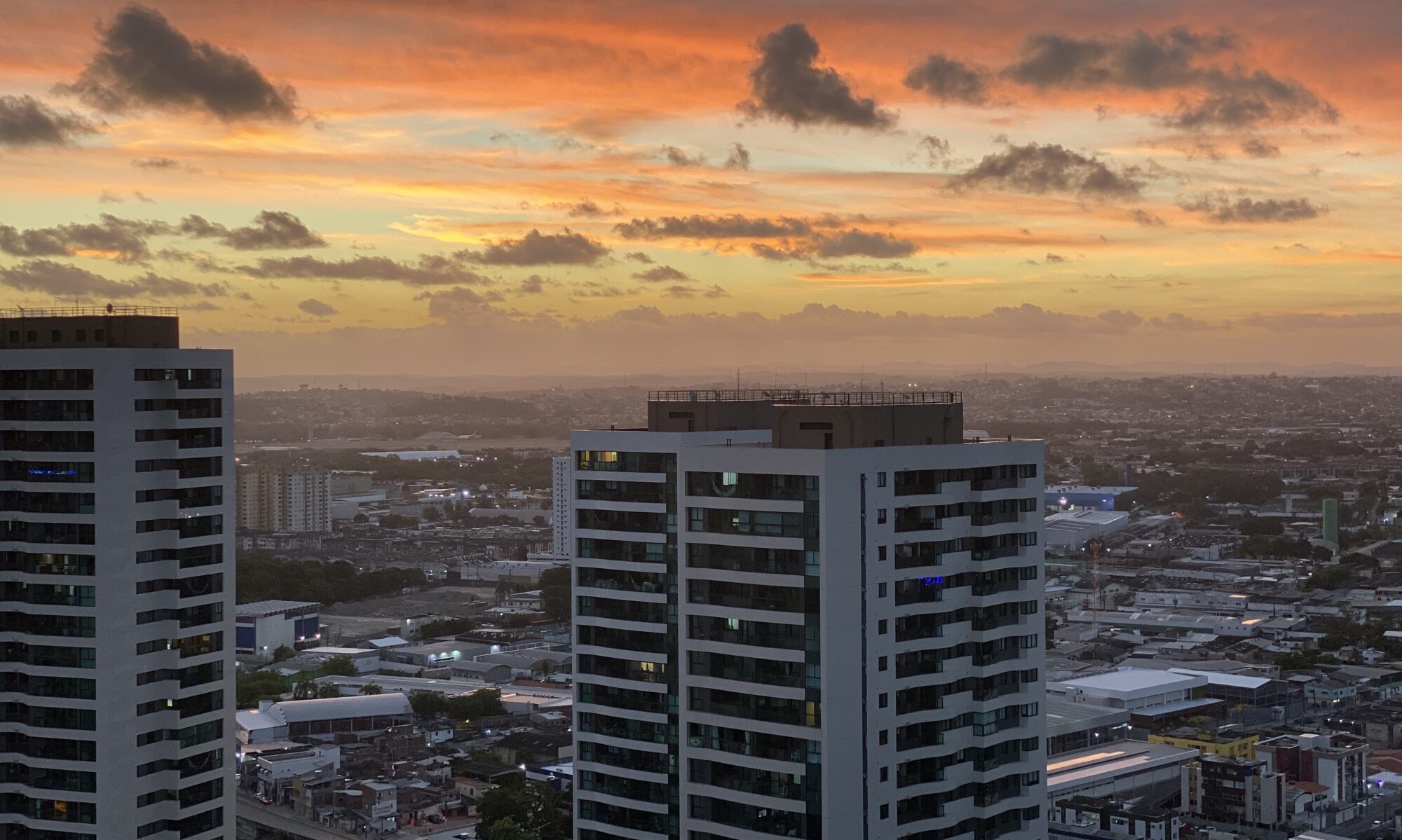With a coastline dotted with beaches and a valued historical heritage, Maranhão is a state where the marks of the colonial and imperial past are very strong. With its narrow streets and tile-clad mansions, São Luís, the capital of Maranhão, and the latest town to be listed as a World Heritage Site by UNESCO, comprises an architectural complex of around 3 thousand buildings from the 17th and 19th centuries, which tell part of the history of the French invasion of the territory. In 1612 France did in fact establish a colony there called Equinoctial France which was conquered by the Portuguese three years later, invaded by the Dutch in 1641 and again taken over by Portugal three years later.
The history of the European assault on the lands until then inhabited by Tupinamba Indians can be gleaned from a walk around the capital and other smaller towns in the state, such as Alcântara, listed by the National Heritage Department. However, apart from these architectural attractions, Maranhão also holds many surprises in the beauty of its nature. Among these are for example the Lençóis Maranhenses National Park, the Delta of the Parnaíba River, the region of Carolina and the coral reefs of Parcel of Manoel Luís, which form the biggest bank in South America and are a fabulous location for diving.
Known as the land of palm trees, Maranhão’s principal income producing assets consist in the various species of the tree. One of the most important from an economic point of view is the babaçu. Livestock farming, aluminium and aluminium oxide processing, and the food and timber industries are other important activities.
In contrast with other states in the North East region of Brazil, Maranhão does not suffer from drought. There is an extensive network of rivers in the state which do not dry up, and there is a regular rainy season. The most important rivers are the Parnaíba, the Gurupi, the Grajaú and the Tocantins, the latter of forming the southern boundary with the state of Tocantins.

